
The Healing Power of Breath: How Breathing Techniques and Body Therapies Transform Wellness Spa Experiences
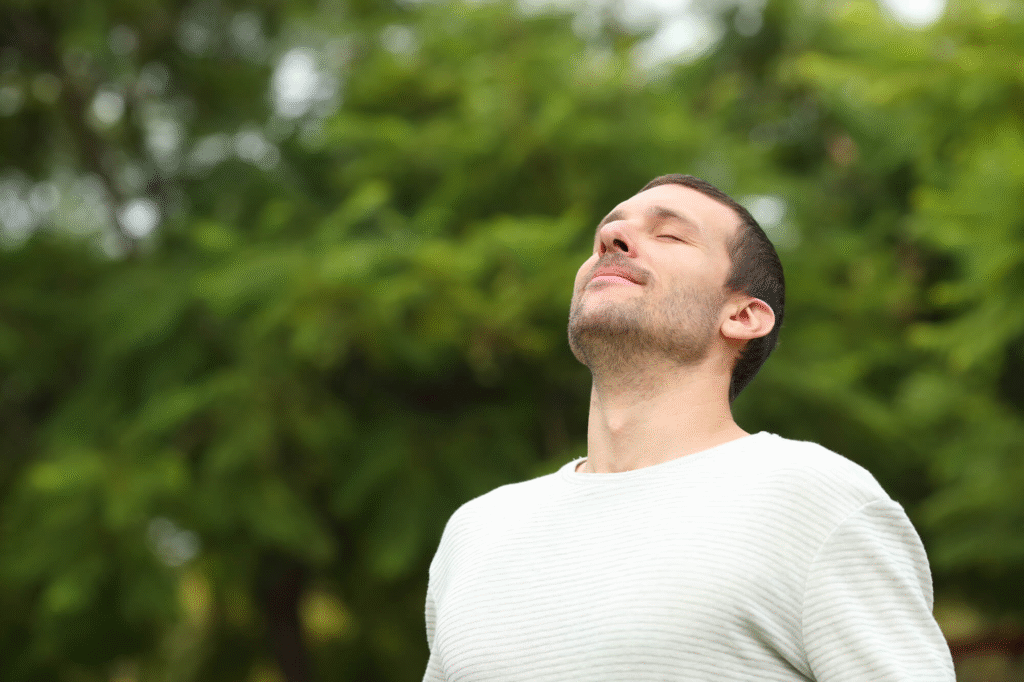
Breathwork spa experience, In the world of modern wellness, where stress and fast-paced living dominate daily routines, the simple act of breathing often goes unnoticed. Yet, it holds immense potential to transform our physical and emotional health. In wellness spas around the world, breathwork spa practices, relaxation breathing therapy, and body-based treatments are becoming central elements of holistic rejuvenation.
By combining ancient breathing techniques with modern wellness oxygen flow concepts, spas are helping guests rediscover the connection between breath, body, and mind. This article explores the deep relationship between breathing and physical therapies — from coordinated breathing during massages to aromatherapy inhalation rituals — and explains how conscious respiration can enhance every stage of a spa journey.
1. The Essence of Breath in Wellness Philosophy

Breathing is the foundation of life — a bridge between the physical and emotional realms. Every inhale fuels our cells with oxygen, while every exhale releases toxins and tension. In wellness philosophy, the breath represents the rhythm of balance, grounding, and renewal.
When a spa integrates breathwork techniques into its treatments, it elevates relaxation beyond the surface level. The process of mindful breathing engages the parasympathetic nervous system, reduces cortisol levels, and allows muscles to relax more deeply.
In ancient healing systems — from yoga’s pranayama to Chinese qi gong — breath has always symbolized vital energy. Modern spa environments are now embracing this wisdom, creating experiences that merge science and spirituality through relaxation breathing therapy.
2. What Is Breathwork in a Spa Context?

A breathwork spa experience focuses on guiding guests to use controlled breathing to improve mental clarity, physical release, and emotional healing. Depending on the spa philosophy, sessions can range from guided inhalation and exhalation exercises during a massage to immersive breath-centered rituals in sound therapy, flotation pools, or meditation lounges.
Core Goals of Breathwork Spa Programs:
- Enhance oxygen flow and circulation.
- Synchronize the body’s rhythm with gentle treatments.
- Encourage mental stillness and mindfulness.
- Deepen relaxation and improve the therapeutic effect of massages and aromatherapy.
Breathwork in spa settings is not just a passive activity — it’s a dynamic process that transforms a simple massage or facial into a whole-body experience where energy, oxygen, and awareness move together.
3. The Science Behind Breathing and Wellness Oxygen Flow
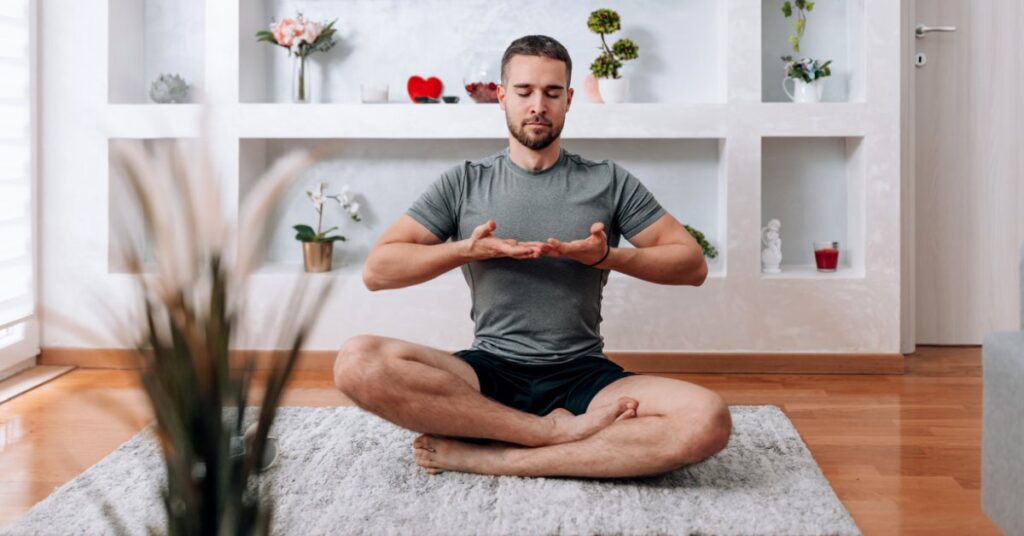
Modern research supports what ancient healers knew for centuries: how we breathe directly affects our health. Shallow, fast breathing activates the body’s stress response, while deep, rhythmic breathing calms the nervous system.
When we practice wellness oxygen flow — breathing deeply and slowly — we stimulate the vagus nerve, which helps regulate heart rate, digestion, and emotional balance. This controlled breathing increases blood oxygenation, improves muscle recovery, and reduces inflammation.
In spas, therapists integrate these scientific insights to optimize each treatment. For instance, by encouraging clients to breathe deeply during a deep-tissue massage, muscles release tension more effectively, and oxygenated blood nourishes tired tissues.
Benefits of Improved Wellness Oxygen Flow:
- Reduced anxiety and blood pressure.
- Improved skin tone through oxygen-rich circulation.
- Enhanced focus and presence during spa sessions.
- Boosted energy levels post-treatment.
The link between breathing and wellness is so strong that many luxury spas now offer oxygen therapy rooms — spaces infused with purified air designed to restore vitality and clarity.
4. Massage and Breathing Coordination: A Powerful Duo
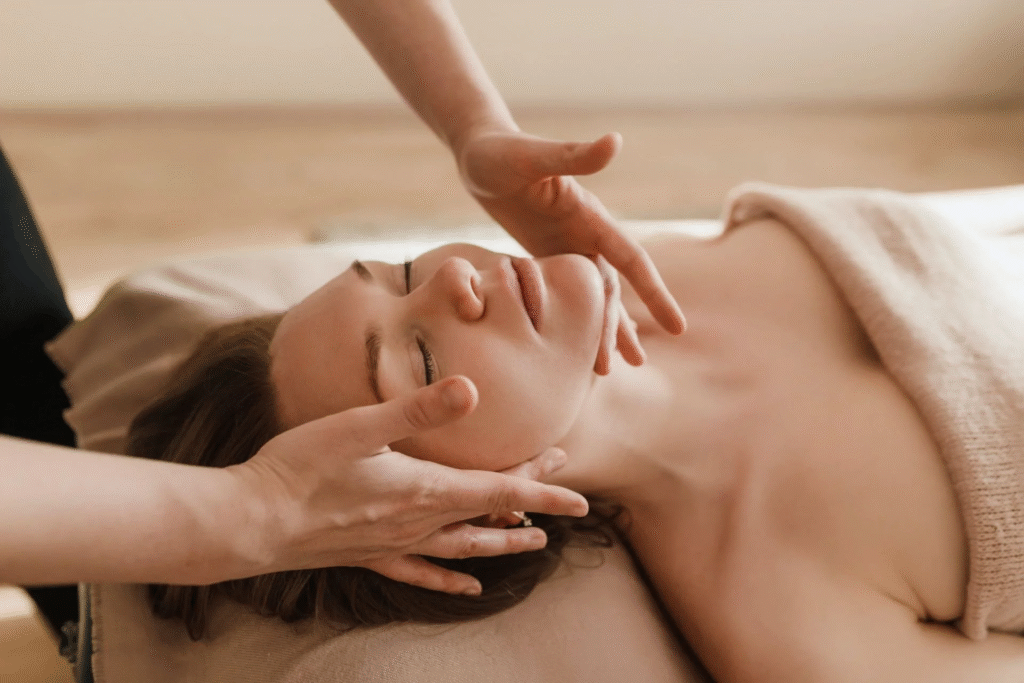
Massages and breathing form a natural partnership. When therapists and guests coordinate breathing patterns, the massage rhythm becomes more intuitive, and the relaxation response deepens.
How Breathing Enhances Massage Therapy
- Rhythmic Connection: When a guest inhales and exhales slowly, their heart rate and muscle tone decrease, allowing the therapist to work more effectively.
- Pain Management: Exhaling during pressure application reduces discomfort and helps the body accept deeper strokes.
- Energy Flow: Breath synchronization helps release emotional blockages, especially during holistic or energy-based massages like Thai or Lomi Lomi.
Many wellness spas train therapists to guide breathing cues during treatments — for example, saying softly, “Inhale deeply… now exhale and let go.” This verbal guidance aligns physical and mental relaxation.
Popular Massage Techniques That Integrate Breathing:
- Swedish massage with breath cues: Ideal for beginners who need to learn relaxation breathing patterns.
- Aromatherapy massage: Combines scent inhalation and synchronized breathing to activate the limbic system.
- Hot stone therapy: Deep breathing complements the warmth of stones, enhancing circulation and calmness.
- Shiatsu or Thai massage: Involves breathing coordination to move energy through acupressure points.
When breathing becomes part of the massage rhythm, the session transforms into a meditative, full-body harmony of movement and awareness.
5. Aromatherapy and Inhalation Rituals
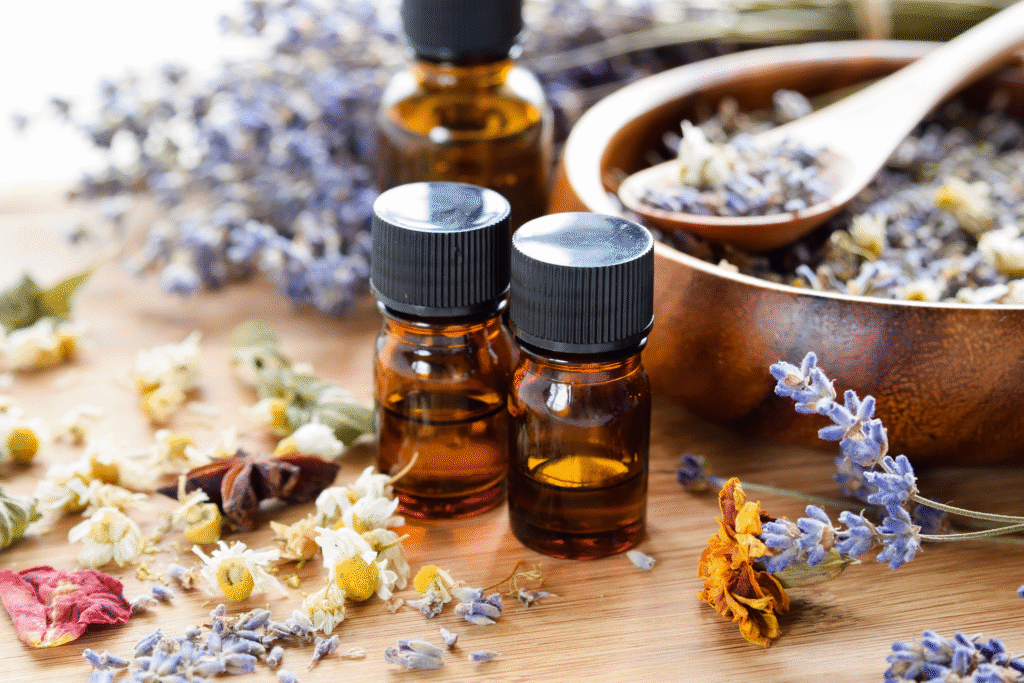
Aromatherapy has long been a cornerstone of spa wellness, but when paired with conscious breathing, its effects multiply. In relaxation breathing therapy, essential oils are not just applied to the skin — they are inhaled intentionally to influence emotions and mental states.
The Role of Breath in Aromatherapy:
When we inhale aromatic molecules, they travel through the olfactory nerves directly to the brain’s limbic system — the area that controls emotions, memory, and mood. This instant connection explains why certain scents, like lavender or sandalwood, can trigger calmness or nostalgia.
Popular Inhalation Practices in Breathwork Spas:
- Pre-treatment scent rituals: Guests inhale specific oils to set intentions for relaxation or energy.
- Steam inhalation chambers: Combine warm vapor with eucalyptus or mint to open airways and clear the mind.
- Diffused essential oils during massages: Promote slow, deep breathing and emotional release.
Recommended Oils for Relaxation Breathing Therapy:
- Lavender: Calms the mind, reduces anxiety, and improves sleep quality.
- Frankincense: Deepens breathing, enhances meditation, and stabilizes mood.
- Eucalyptus: Opens respiratory pathways and increases oxygen intake.
- Geranium: Balances hormones and emotions.
- Bergamot: Uplifts mood while easing nervous tension.
Through the combination of scent and conscious respiration, guests reconnect with their inner calm, experiencing the full synergy of mind, breath, and body.
6. Relaxation Breathing Therapy: Practices for Spa Guests

Relaxation breathing therapy focuses on simple yet powerful techniques that guide guests toward inner balance. These breathing patterns can be practiced before, during, or after spa treatments to enhance results and prolong relaxation.
Common Breathing Techniques Used in Wellness Spas:
- Diaphragmatic Breathing (Belly Breathing):
Encourages guests to breathe deeply into the lower lungs, expanding the abdomen. This activates the body’s relaxation response.
Practice: Place a hand on your belly. Inhale slowly through the nose, feel your abdomen rise; exhale through the mouth, releasing tension. - 4-7-8 Breathing Technique:
Used in many breathwork spa programs to calm anxiety and prepare for sleep or massage.
Inhale for 4 seconds, hold for 7 seconds, exhale for 8 seconds. - Box Breathing (Equal Breathing):
A balanced method that stabilizes the nervous system and focus.
Inhale 4 counts, hold 4, exhale 4, hold 4 — repeat. - Alternate Nostril Breathing (Nadi Shodhana):
A detoxifying method borrowed from yoga, used in meditative spa settings. It balances energy and clears the mind before treatments. - Guided Exhalation for Release:
During massage or body therapy, guests are encouraged to exhale deeply when tension or pressure is applied.
Through these structured breathing techniques, guests experience physical calmness, emotional balance, and mental stillness — the foundation of true wellness.
7. Body Therapies That Complement Breathwork

Breath-centered treatments extend beyond massages and aromatherapy. Many spa experiences now integrate breathing into broader body therapies designed to align energy, detoxify tissues, and enhance vitality.
1. Hydrotherapy and Warm Water Treatments
Immersion in warm water naturally slows the breath and relaxes muscles. When guests practice rhythmic breathing in thermal pools or hammams, they experience improved circulation and reduced joint stiffness.
2. Floatation Therapy
In sensory-deprivation pools, breathing becomes the focal point of awareness. As the body floats weightlessly, slow breathing guides mental stillness and deep meditative relaxation.
3. Reflexology
This ancient therapy uses foot pressure points to stimulate energy flow. Breathing deeply during each pressure phase enhances oxygen flow to internal organs and increases the body’s response to touch.
4. Lymphatic Drainage Massage
Coordinated breathing helps the lymph system move waste fluids efficiently. Therapists often ask guests to inhale before gentle strokes and exhale during drainage movements.
5. Sound and Vibration Therapy
Some spas integrate soft breath sounds, vocal toning, or Tibetan bowls. The gentle resonance synchronizes with breathing patterns, deepening mindfulness.
8. Integrating Breath Awareness into Daily Wellness Routines

The lessons learned from breathwork spa experiences don’t end with the treatment. Guests can bring relaxation breathing practices into daily life to reduce stress and enhance focus.
At-Home Wellness Oxygen Flow Practices:
- Start mornings with 5 minutes of deep breathing before coffee or phone use.
- Combine breathing with stretching to awaken the body.
- Use slow exhalations before bedtime to improve sleep quality.
- During stressful moments, pause and take three deep breaths to reset.
Over time, conscious breathing improves emotional regulation, strengthens immunity, and supports longevity — turning every day into a small wellness retreat.
9. The Emotional and Spiritual Side of Breathing in Spa Rituals
Beyond physiology, breathing carries profound emotional symbolism. In spa rituals, it represents letting go — releasing old energies, thoughts, or fatigue. Each exhale becomes an act of cleansing, and each inhale invites renewal.
Some wellness spas even design “breath ceremonies,” where guests breathe in harmony with rhythmic music or guided affirmations. These sessions are designed to open emotional channels and reconnect the body to its natural rhythm.
Spiritual travelers often describe breath-centered spa experiences as deeply transformative — a moment where body therapies, scents, and consciousness unite in peaceful flow.
10. The Future of Breathwork in Wellness Spas

Breathwork spa experience:
The future of wellness is increasingly oxygen-centered. With growing awareness of the link between stress, mental health, and respiratory patterns, spas worldwide are incorporating wellness oxygen flow zones, guided breathwork sessions, and mind-body therapies into their core offerings.
Emerging trends include:
- Oxygen-infused facials for cell rejuvenation.
- Personalized breath coaching before treatments.
- AI-assisted breath monitors in luxury spas to optimize relaxation depth.
- Outdoor breathing rituals by the sea or desert, integrating nature’s purest air with mindful practice.
As technology and tradition merge, spas are redefining wellness not as an external luxury, but as an internal rhythm — one breath at a time.
Conclusion: Breathing as the Soul of Spa Wellness

Breath is life, and in the world of spa wellness, it’s the most powerful, natural therapy available. Through breathwork spa rituals, relaxation breathing therapy, and body-centered treatments, guests rediscover the healing intelligence of their own bodies.
Every inhale becomes an invitation to receive calmness; every exhale, a chance to release what no longer serves. By aligning breath with touch, scent, and intention, wellness spas are helping people access a state of deep equilibrium — where the body heals, the mind rests, and the spirit flows freely.
When the body breathes in harmony with care and consciousness, true wellness begins.



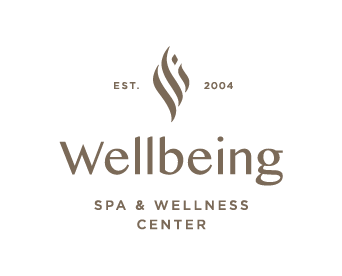
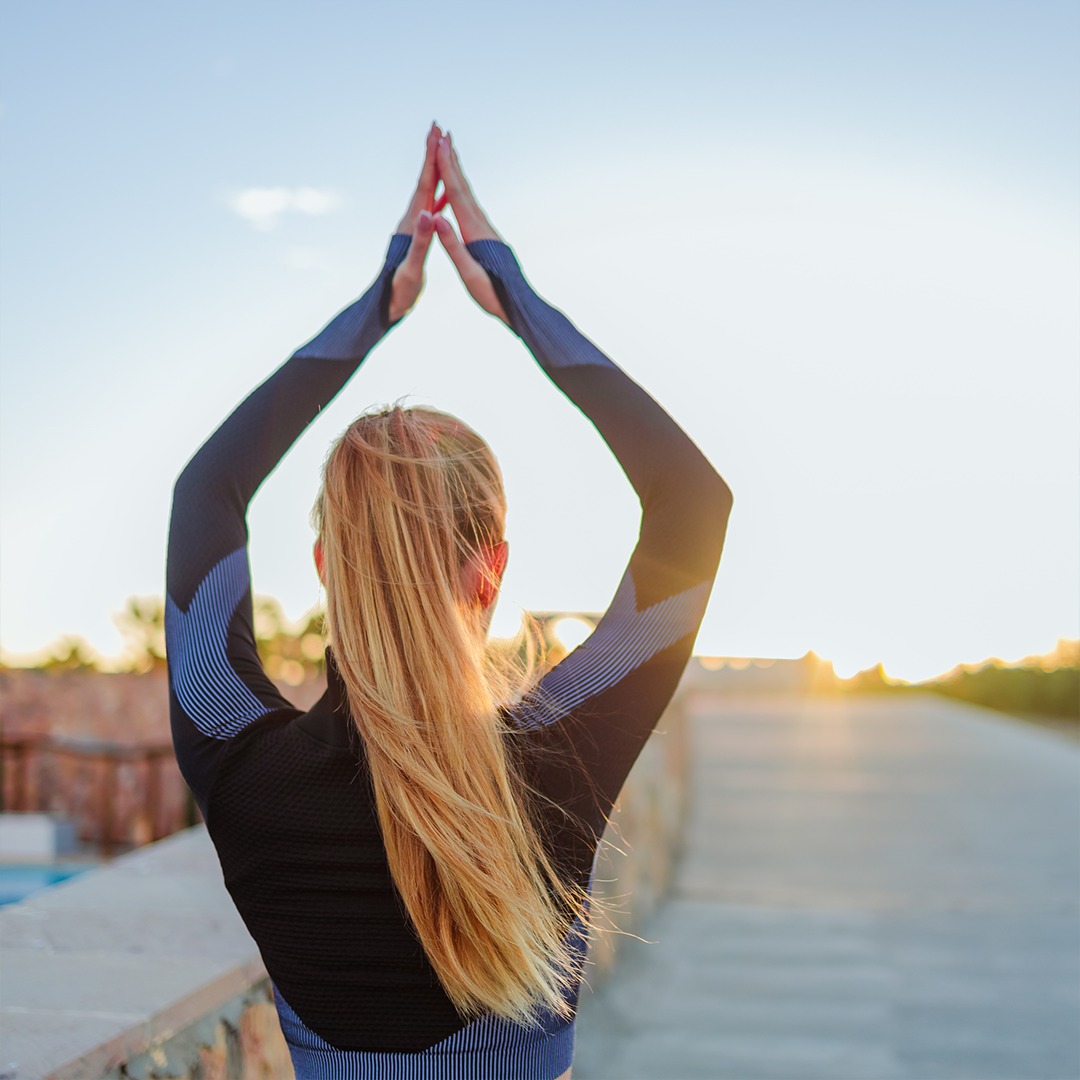

Leave a Reply